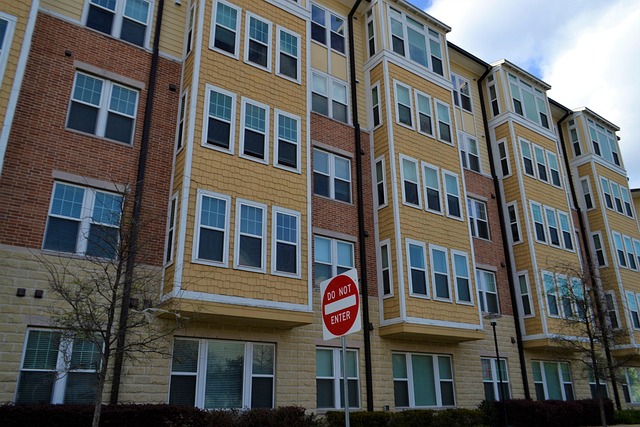Public vs Private Schooling Costs in the Netherlands

The Dutch education system is renowned for its high quality and accessibility, offering both public and private schooling options. While public schools are predominantly funded by the government and come at little to no cost for families, private schools often charge tuition fees but provide additional benefits or specialized curricula. Understanding the differences in costs between these two systems can help parents make informed decisions about their children’s education.
1. Public Schools in the Netherlands
a. Overview
- Funding: Public schools (also known as “openbare scholen”) are fully funded by the Dutch government.
- Curriculum: They follow the national curriculum set by the Ministry of Education, Culture, and Science.
- Religious/Philosophical Affiliation: Public schools are secular and do not promote any specific religious or philosophical beliefs.
b. Costs
- Tuition Fees:
- Free for primary (basisschool) and secondary (voortgezet onderwijs) education.
- Parents may need to pay small voluntary contributions (approximately €50–€200 per year) to cover extracurricular activities, school trips, or materials.
- Additional Costs:
- Uniforms (if required): Generally inexpensive compared to other countries.
- School supplies: Books, stationery, and other materials are usually provided free of charge or at minimal cost.
- Extracurriculars: Some after-school programs or sports clubs may require fees.
c. Advantages
- No tuition fees, making it an affordable option for most families.
- High academic standards and well-trained teachers.
- Emphasis on inclusivity and diversity.
d. Considerations
- Limited flexibility in terms of curriculum or teaching methods.
- Larger class sizes in some cases, depending on the school.
2. Private Schools in the Netherlands
a. Overview
- Types: Private schools include religious schools (e.g., Catholic, Protestant, Islamic), international schools, and special-purpose schools (e.g., Montessori, Waldorf).
- Funding: While they receive partial government funding, private schools typically charge tuition fees to cover additional costs.
- Curriculum: Many private schools offer alternative pedagogies or cater to specific cultural, linguistic, or religious needs.
b. Costs
- Tuition Fees:
- Religious/Private Schools: Approximately €1,000–€4,000 per year, depending on the school and level of education.
- International Schools: Significantly higher, ranging from €10,000 to €30,000+ per year, depending on the institution and grade level.
- Additional Costs:
- Uniforms: Often mandatory and more expensive than public schools.
- Extracurricular Activities: Fees for sports, arts, or specialized programs.
- Transportation: If the school is far from home, commuting costs can add up.
c. Advantages
- Specialized curricula tailored to individual learning styles or cultural backgrounds.
- Smaller class sizes and personalized attention.
- Access to advanced facilities and resources, especially in international schools.
- Opportunities for bilingual or multilingual education.
d. Considerations
- Higher costs, which may be prohibitive for some families.
- Limited availability of spots in popular private schools.
- Potential lack of diversity in certain types of private schools.
3. International Schools: A Unique Category
International schools are a subset of private schools that cater primarily to expatriate families or those seeking globally recognized qualifications (e.g., IB Diploma, Cambridge A-Levels).
a. Who Attends?
- Children of expats, diplomats, or multinational employees.
- Dutch families aiming for international exposure or planning to move abroad.
b. Costs
- Tuition fees vary widely based on the school’s reputation, location, and curriculum:
- Lower range: €10,000–€15,000 annually.
- Mid-range: €15,000–€25,000 annually.
- Upper range: €25,000–€30,000+ annually.
- Additional expenses:
- Application fees: Up to €500–€1,000.
- Registration deposits: Non-refundable amounts to secure a spot.
- Extracurriculars, uniforms, and field trips.
c. Advantages
- Globally recognized diplomas that facilitate university admissions worldwide.
- Multicultural environment fostering cross-cultural understanding.
- English-medium instruction, ideal for non-Dutch-speaking families.
d. Considerations
- Very expensive, limiting accessibility for many families.
- Less integration into local Dutch culture and language.
4. Financial Aid and Scholarships
For families concerned about affordability, several options exist to reduce the financial burden of private or international schooling:
a. Government Subsidies
- All schools in the Netherlands, including private ones, receive government subsidies. This reduces tuition fees significantly compared to purely private institutions in other countries.
b. Scholarships
- Some private and international schools offer scholarships based on merit, talent, or financial need.
- External organizations, such as the Dutch Student Finance System (DUO), may also provide assistance.
c. Employer Support
- Expatriates working for multinational companies often receive allowances or reimbursements for their children’s education.
5. Key Factors to Consider When Choosing Between Public and Private Schools
a. Budget
- Public schools are budget-friendly, while private schools require significant investment.
b. Curriculum Preferences
- Public schools adhere strictly to the national curriculum, whereas private schools may offer alternatives like Montessori, Steiner, or international programs.
c. Language Needs
- Public schools teach primarily in Dutch, while private and international schools often use English or bilingual approaches.
d. Cultural Fit
- Public schools emphasize Dutch culture and values, while private schools may align with specific religions, philosophies, or global perspectives.
e. Accessibility
- Public schools are widely available across the country, while private schools may have limited locations.


